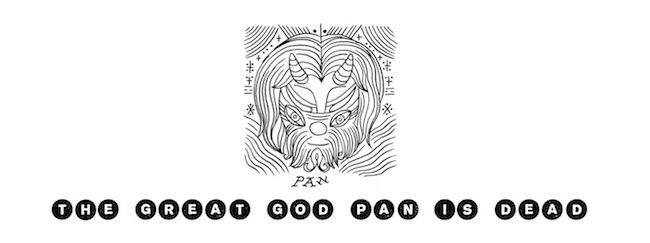
The Best American Comics Criticism, edited by Ben Schwartz
When I picked this up, I was at first irritated that I wasn't included. As Bender from Futurama says, "This is the worst kind of discrimination: the kind against me!" But editor Ben Schwartz writes that he limited his choices to criticism written between September 12, 2000 (the date that Pantheon released Chris Ware's Jimmy Corrigan and Daniel Clowes' David Boring) and 2008. Most of my longer critical writing about comics took place before that date. My pamphlet "Ron Regé and His Precursors" might have made the cut--it came out sometime in 2000. After that, I had a few reviews in Publishers Weekly (short and unsigned) and one really good long piece in The Comics Journal, "On Second Thought, There Is a Need for Tenchi." This was an article about the rise of manga in the U.S. and what it meant. But it wasn't criticism--it was really the first flowering of my interest in the economics and sociology of art, which readers of this blog know are subjects I return to frequently (my series of posts called "FotoFest: How to Run An Art Festival" is a direct descendant of the manga article).
While I could write about me all day, let's return to the book at hand. Schwartz picked that start date for a reason. For him, that was the date that literary comics, or "lit comics," as he calls them, went mainstream. He likens it to similar pivot points in artistic history. It's not that there was nothing before that date (obviously), but that at that moment, literary comics stopped being purely subcultural.
I think his use of the word "literary" is important. In works like David Boring and Jimmy Corrigan (not to mention Maus and many other great comics), there is a literary quality. These comics work a lot like novels. They tell long, involved stories. They aren't merely illustrated stories--the visual component is too important and too intertwined with the narrative to be an appendage. But their narratives nonetheless feel novelistic. I think this may have been what attracted a certain cohort of prose novelists to the form--Dave Eggers, Michael Chabon, Rick Moody, Jonathan Lethem, etc. This is acknowledged by Schwartz--he reproduces critical pieces by Jonathan Franzen and Rick Moody in this volume.
I found the pieces varied in quality. Schwartz, like many other people I respect, really likes a critic named Donald Phelps--Phelps has three pieces here. But I have never really warmed up to Phelps. His writing doesn't illuminate his subjects in the way I like criticism to do. Schwartz also runs several of critical pieces by cartoonists. They are a mixed bag. Chris Ware's piece about Rodolphe Topffer is excellent, Peter Bagge's piece on Spider-Man is eh. But Seth's piece on John Stanley is awful. Seth's enthusiasm is real, and possibly justified, but his writing (and thinking?) is not organized enough to explain or justify Stanley.
What I think is most interesting about the book is that in his choices of pieces, Schwartz is laying out a theory of lit comics. It's a theory that rings very true to me. Part of this theory goes that as literary comics grew, they made necessary a reevaluation and relearning of certain classic comics. For example, Little Orphan Annie and Gasoline Alley. Several of the pieces here are about classic rediscovered strips which seem to prefigure current tendencies in comics. (As Borges wrote, "Each writer creates his precursors. His work modifies our conception of the past, as it will modify the future.")
Another thing I found interesting was a hint at a certain conflict or bifurcation that exist in comics. I'm not referring to the separation of comics-as-art from comics-as-entertainment, which from where I sit appears set in stone. But within the broad category of comics-as-art, Schwartz concentrates on lit comics. But he acknowledges in the introduction that there are comics-as-art that are not lit comics. He speaks of the decisions of Sammy Harkham and Dan Nadel to take up publishing because most publishers were looking for lit comics, as opposed to the kinds of comics that interested them. And those would be, broadly speaking, art comics.
This is where things get confusing. Some people (me included) sometimes use the term "art comics" to refer to any comics where the comics' function as art is more important other functions they may have (entertainment, for example, or pedagogy). But more and more, "art comics" is meant to refer to comics that come out of an aesthetic of the visual arts more than an aesthetic of the literary arts. So think of comics by Gary Panter and Paper Rad. Whatever their comics are, they aren't "novelistic." Kramers Ergot and Non were primarily art comics anthologies. Raw was as well, except for Maus. Publishers like Fantagraphics and Drawn & Quarterly have primarily been lit comics publishers, although that changed with Drawn & Quarterly when they hired Tom Devlin as an editor. Pretty much none of the comics discussed in The Best American Comics Criticism are art comics. And I would contend that art comics are harder to write about. (I would say that in general, it is easier to write well about literature than it is to write well about visual art.)
Schwartz's collection implies a theory of lit comics, but ignores art comics. This should be a challenge to critics--there needs to be better writing about art comics.




No comments:
Post a Comment